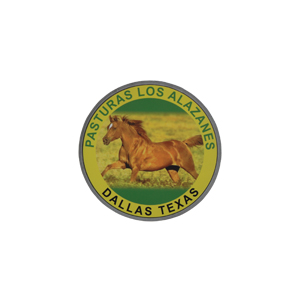Weed Control Planning
We’re still in the dead of winter, but Mississippi State University’s Rocky Lemus already is reminding cattleman to protect their pasture grasslands from runaway broadleaf infestation this coming spring. Lemus, who joined the university’s staff of extension forage specialists seven years ago, urges producers to avoid the understandable temptation caused...






